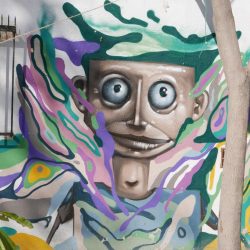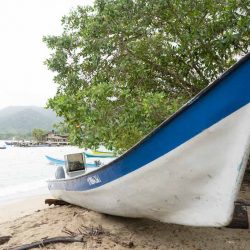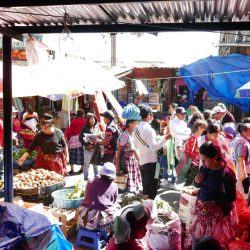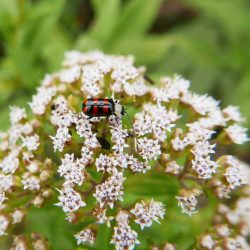The one place where western tourists in Central America don’t travel with fear, is probably Costa Rica. Some smart PR (‘we don’t have an army!’), some proper facilities (functioning long-distance buses for example) and some properly beautiful places (cliffhanger, you have to read on…) make this a favourite for tourists and American expats alike. It is a condensed version of most of Central Amnerica’s highlights. But because of the many foreigners and the good organization, it has also lost a bit of the charms of chaotic Latin life.
(pictures of Costa Rica can be found here)
CONTENTS
General introduction
It’s quite hard to imagine in current peaceful Costa Rica, but the country has a rocky history as well. Of course the Spaniards had something to do with that. If you want to get a good overview, there are actually excellent museums in the capital San Jose and its suburb of Alajuela.
Those are two towns most tourists actually skip, because they go straight for the highlights. But urban metropolis San Jose, tucked in between the hills, has a flavour of its own. There are some really good neighborhoods to walk around, interesting museums, a vibrant nightlife and some kick-ass graffiti, a sign of any lively city.
Most highlights are concentrated in the north. All of them actually involve impressive nature. So here goes…
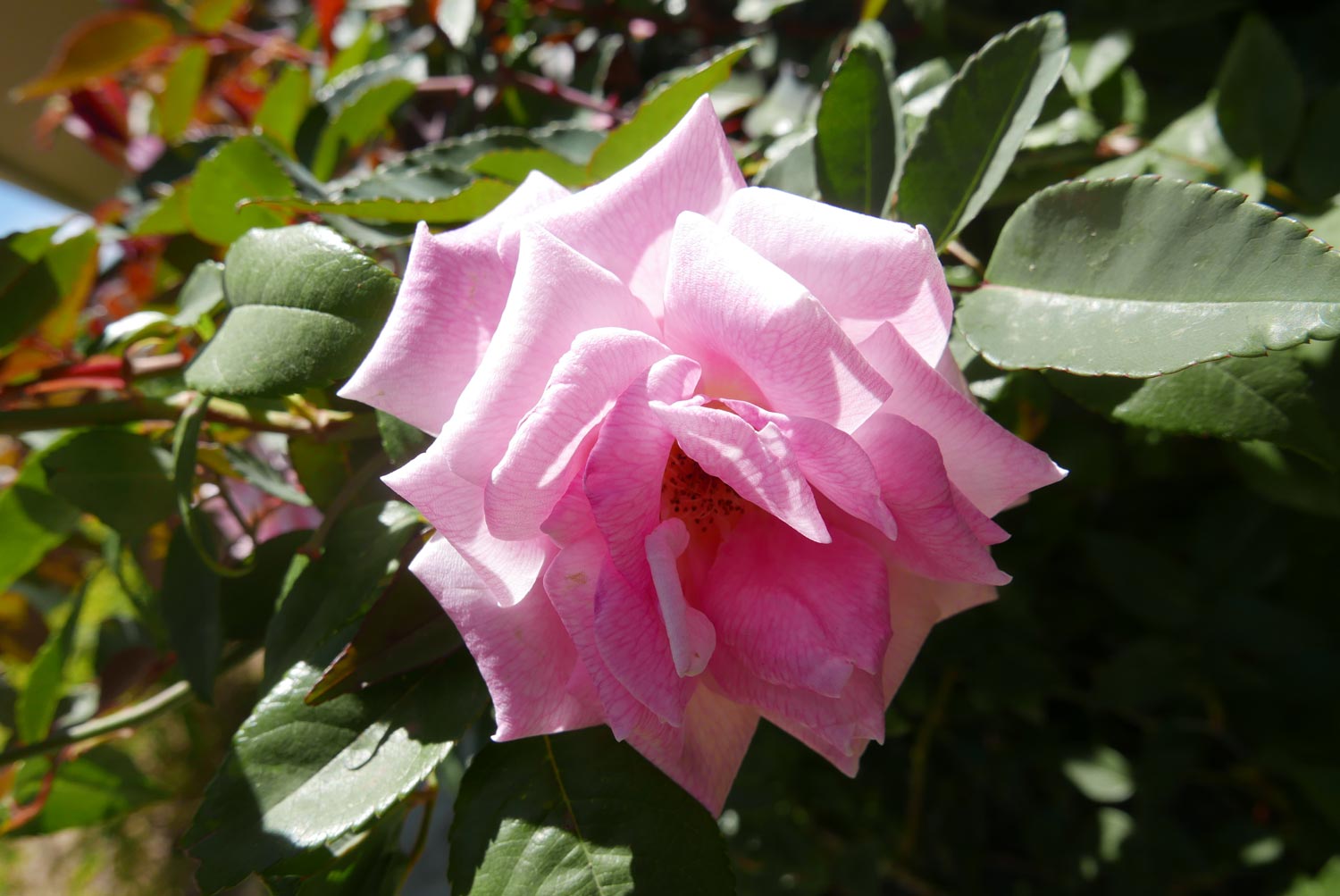
Highlights
- Monteverde: it’s still a couple of hours driving from San Jose, or a smart detour if you are coming from Nicaragua. The most famous cloud forest (called because it is usually hidden within dense clouds where you can hear the rain drip down the trees) is Monteverde itself. But near Santa Elena, the small village which is the hub where most tourists stay, is another newer cloud forest which is quieter and almost as impressive. Plenty of adventure activities as well (ziplining, tree walks, etc)
- El Arenal: geographically not too far away from Monteverde, but easier to reach from San Jose, is El Arenal. This area around a volcano is not to be missed for great hiking tours and includes a huge lake. Haven’t visited it personally yet
- Volcan Poas: this one lay dormant until 2015/2016, when it started to emit large amounts of ashes. Since then, the amount of visitors has been severely restricted. You need to apply beforehand online (or take the only bus from Alajuela in the morning and pay along the way). Tourists are then admitted for a twenty minute visit of the huge crater (one of the biggest in the world). But if you don’t come early, chances are that it will be shrouded in clouds. The walking paths have been closed off as well
- Manuel Antonio national park: this relatively young national park on the west coast is one of the most popular tourist destinations. There are well-marked walks, picture-perfect beaches and lots of monkeys to be photographed as well. It can get very busy here, though the amount of visitors is capped so check beforehand. There are also plenty of guided tours, but the wildlife can also be explored on your own
- There is only so much you can visit in two weeks. So on the to-do/to-visit-list:
- Tortuguero: this national park is especially known for its birdlife. The last stretch is by boat, which makes it a unique (though touristy) experience
- Puerto Viejo: also on the east coast, but not so well-known, is this port town. Go here if you have plenty of time and want to discover the true Caribbean kind of slow life
- Chirripo: this is heartland Costa Rica, 150 kilometres south of the capital. Multi-day treks here are pretty demanding, as Cerro Chirripo is the highest peak of Costa Rica with its height of 3,820 metres. The views are apparently astonishing though
- Corcovado: another 200 kilometres further southeast, on a peninsula, is Corcovado national park. This is a true jungle experience, with several great hikes as well
- Playa Samara: and now for something completely different. Along the peninsula on the northwestern coast is a string of great beach towns. Samara is one of the highlights, all slow life and slow food. Plenty of other options as well though, and pretty much off the beaten track
- Valle de Orosi: a small highlight, this valley is a good daytrip from San Jose. There is (apparently…) a nice 30k walk that takes you to several farms, showing you local life
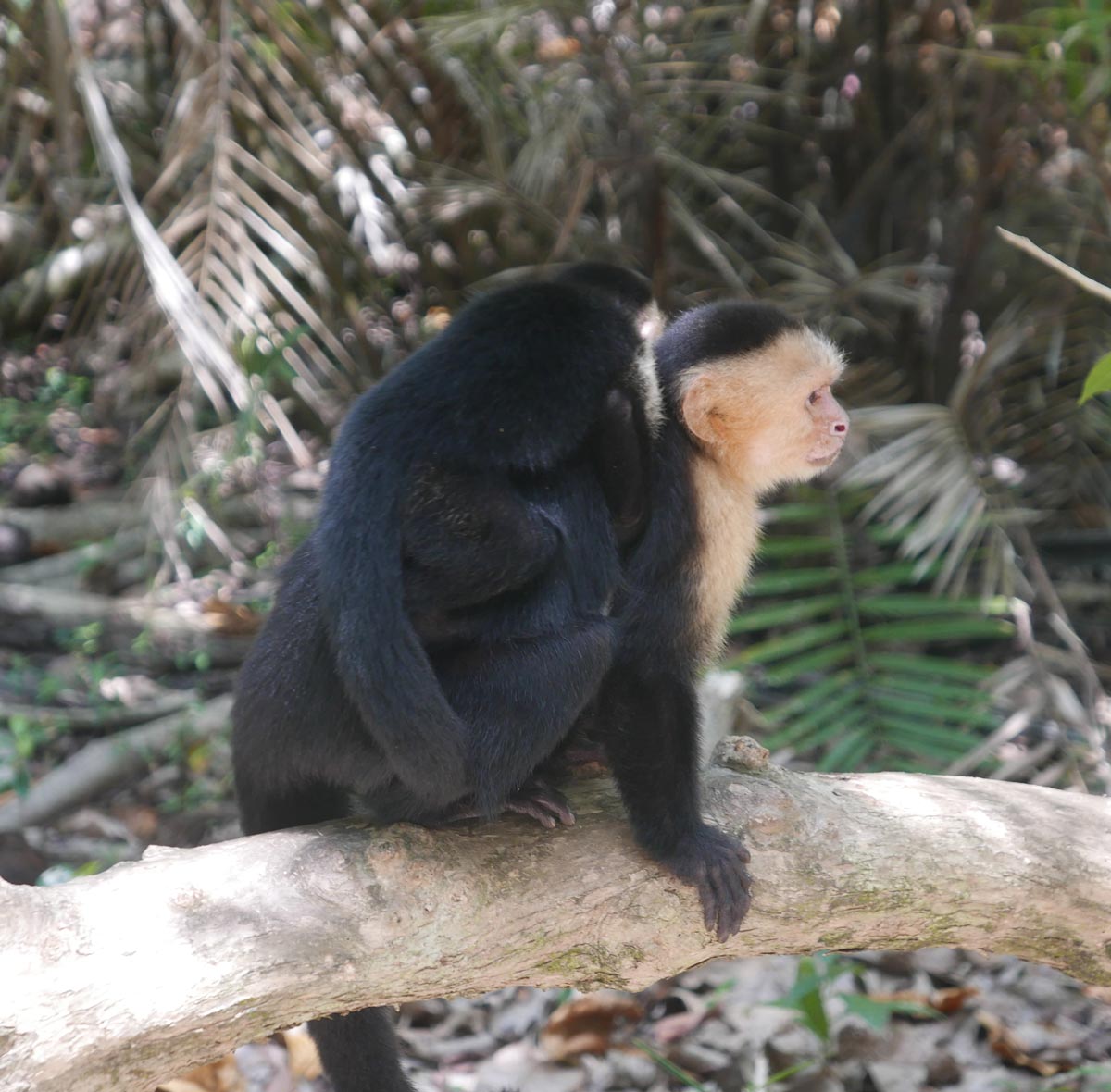
Food and drinks
As the country is focused on tourists, it’s not a big surprise international cuisine is prevailing in Costa Rica. I will never forget walking back from Manuel Antonio to Quepos to find an excellent pizza / pasta / burger restaurant in the middle of nowhere.
So yes, all the foreign specialties are being served. But when you go to a market, there is still the typical Central American food as well. Thus expect lots of rice, beans, beef or chicken, sometimes wrapped in the Mexican tortillas or tacos. Beer is king of the drinks of course.
Getting there:
Flying into Costa Rica is almost always done through San Jose (actually nearby Alajuela). From there, buses or taxis take you to the capital, where you can find long-distance buses at several terminals.
Another option is of course by road. From or to Nicaragua, there are several international long-distance buses from and to San Jose to especially Managua and Leon. All take the Penas Blancas border crossing. Another, more unusual, crossing is further east at Los Chiles. Towards Panama the most frequently used passage is Paso Canoas.
Getting around
As the quality of the roads is quite good, renting a car is a feasible option in Costa Rica. Otherwise, long-distance buses will get you anywhere you may want to go. All are well-equipped and quite luxurious. There are no trains anymore in the country, except in the metropolitan San Jose area. Chicken buses have all but vanished due to modernization (as said, it is comfortable to travel here, but takes away a bit of the Latin American vibe).
Inside the capital, you can walk most neighborhoods. Otherwise, call a cab. Especially do that when travelling in the evening in notorIous parts of the city, for example south of the city center.
Miscellaneous
- Weather: temperatures are very mild in Costa Rica. Beware though that at higher altitudes (in Monteverde for example) it can get quite fresh in the evenings when the sun is gone, and rain is a year-round phenomenon here. The lower parts have the ‘normal’ Central America rhythm, which means rain season starts somewhere in April and runs into September. Outside of these periods it can still get very humid
- Safety: Costa Rica is said to be the safest country in Central America. It is not entirely without problems though. The city center of San Jose can be a bit sketchy at night, after the shops have closed. And some areas of that capital, especially south of the city center, should only be travelled to by taxi in the darker hours
- Gay travel: as gay as it gets. Especially the capital is a hotbed for gay people, with at least two saunas and several gay clubs. Outside of San Jose, attitudes are pretty relaxed, especially in coastal towns. Manuel Antonio village is known as a gay beach paradise for example
- Customs: easygoing and quick, as long as you have a visum or proof that you will be leaving the country within a couple of weeks

